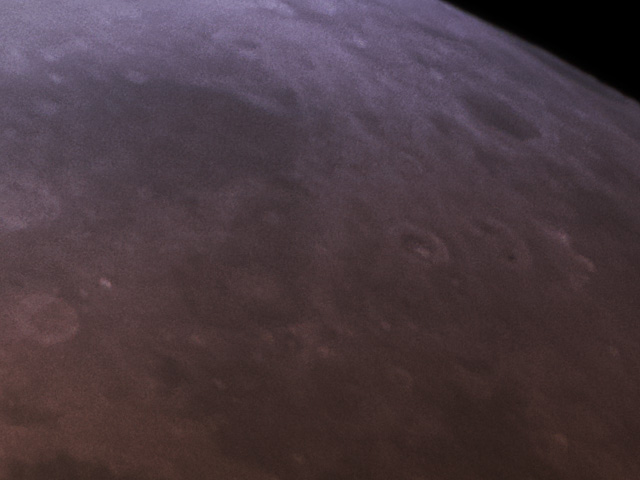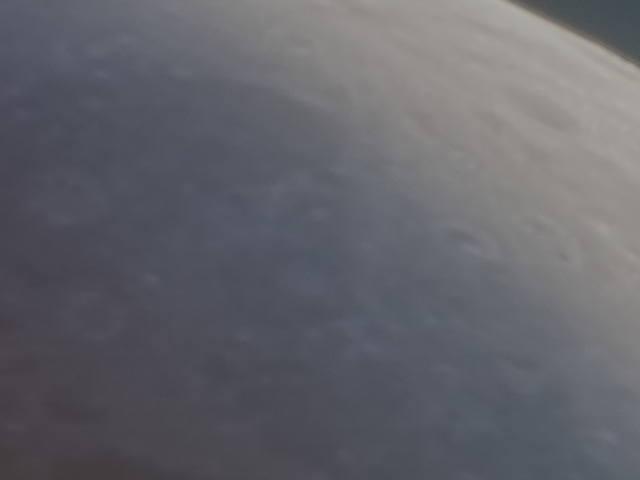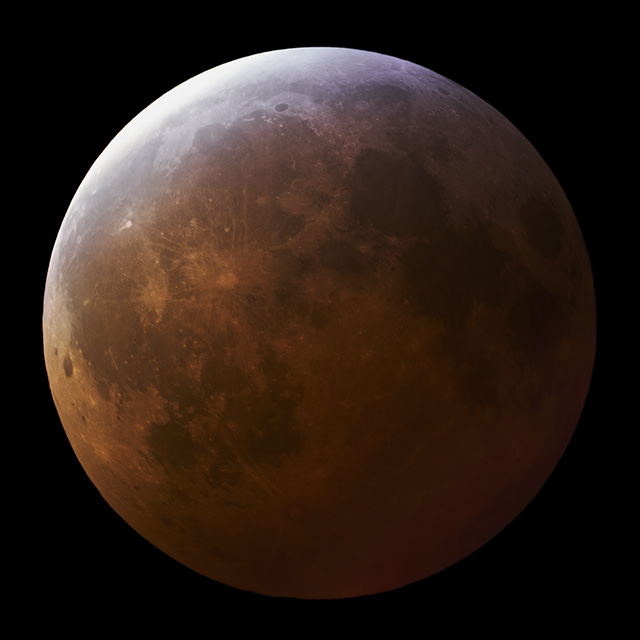- Images
- Blog
- Tools
- Questar
- The Questar telescope
- Questar resource links
- Search for Questar info
- 172mm Focal Reducer
- Afocal adapter for point and shoot camera
- Camera adapter lengths
- Camera adapter threading
- Camera connection
- Camera focusing
- Custom counterweight
- Drift Alignment Joy
- Finder Eyepiece Compatibility
- The Questar Moon 1981
- Questar Powerguide II Battery Life
- Questar Zone, How to Service Videos
- Red Dot finder mount for Questar
- Questar Viewing Table
- Wedge mounts
- White light solar filters comparison
- How to
- Get started in astronomy
- Astro RaspberryPi Camera and kin, the ASIAir and StellarMate
- Blind Smart-phone Equatorial Wedge or GEM Polar Alignment
- Camera phone adapter
- Celestron FirstScope with equatorial tripod mount
- Coat Pocket Astrophotography
- Day-lapse Images of Earthshine on the Crescent Moon
- Dobsonian Carrying Case
- DSO Astrophotography without a Telescope
- DSO imaging without a star tracker
- Estimating image resolution
- Lunar Eclipse Photography
- Moon photography - a dozen ways to shoot the Moon
- Meteor shower photography & planning
- Matching image sensor size to telescope resolution
- Narrow band imaging with color cameras
- Planetary Image Workflow
- Print and Display Astrophotography
- Observing
- Events
- More
- About
- Contact
Lunar eclipse image stacking comparison
Deciding on a framing, exposure, and stacking plan for a lunar eclipse can be daunting. Once you have a plan, you may need to be prepared to improvise for weather conditions on the fly. You have the choice of shooting video, single still images, or image sequences intended for stacking. You may want to choose different techniques at different times during the eclipse. I took over a thousand images during the last eclipse. Here are examples of some of the choices I made and their results. The sky transparency varied during the eclipse, because of high ice clouds. These images were taken at different points during the eclipse, not ideal conditions. With them, you can compare different image stacking options during a lunar eclipse, under real world conditions.
Lucky image exposure time stacking
Take a multiple image burst with the same exposure settings. Later, evaluate the images to pick the highest quality "lucky" ones. This eliminates images that were distorted by poor atmospheric seeing. The good images are aligned and added together. This step reduces noise in the image. This results a cleaner image with a higher dynamic range. Single long exposures also reduce noise, but can be spoiled by momentary camera shake and bad seeing. Long exposure single images can also saturate bright elements of the image. Stacked images are not limited by sensor capacity, because the signal integration is done in software. Noise is reduced by the square root of total exposure time (or number of images stacked).
Full disk Moon images can be difficult to stack because atmospheric seeing variations change the shape of the Moon slightly from moment to moment just like waves distort underwater objects. Unless seeing is very good, stacking full disk lunar images can produce blurrier results than the best single images. Some stacking programs produce better results by special techniques. Multiple alignment points or affine transform image optimization will correct individual stacked frames to produce a better result. Low contrast images like those from totality in a lunar eclipse, make the problem harder. Sometimes one approach will work and other times another is best.
I shot a few bursts of images at the same exposure setting during Sunday nights lunar eclipse, planning to produce clear low noise images of totality. Thin high ice clouds reduced transparency and resolution in my images. The increased noise and poorer resolution made these exposures especially valuable, but only if I could successfully stack them. I failed to produce useable results for this image in stacking attempts with Lynkeos and Autostakkert. Nebulosity's 8 parameter affine transform approach is much slower (overnight) but produced good results. I used the nine highest quality images. I was able to sharpen the images using deconvolution in Lynkeos and further sharpen and increase contrast in photoshop.
The noise reduction from stacking only 9 images, enables processing to
improve resolution and contrast. At the beginning and end of totality there
is enough dynamic rage to result in some overexposure. 100% crop below:

Best 9 of 10 exposures stacked with affine transform optimization in Nebulosity, deconvolved in Lynkeos, with final sharpening and exposure adjustment in Photoshop. Exposed 10 sec at ISO 200 with a Questar 1350/89mm f/15 telescope and Sony a6300 at prime focus.
HDR exposure stacking
High Dynamic Range exposure stacking blends images that were exposed for different amounts of time. These HDR images capture a much wider dynamic range than any camera sensor is capable of. The difference in exposure between the parts of the Moon directly light by sun light and those in the umbra can be more than ten stops. During these parts of the eclipse I shot sweeps of nine different exposures one stop in exposure time apart. Here is an example posted earlier:
A 100% crop of a region that would be overexposed in a single image or stack
of identical exposures, exposed for the red colors in the umbra:

A 9 exposure HDR composite image taken just before totality (U2 --) at 2019-01-21 04:34 UT. Exposures range from 1/8 sec to 30 sec at ISO 200. Questar f/15, 1350/89 mm telescope with Sony a6300 at prime focus.
Single exposure
This last image is an example of a single exposure image with only very light processing in Photoshop.
During totality HDR is not needed, but this the detail in this image would be
better with exposure stacking and the processing it makes feasible. 100%
crop below:

A 30" exposure at ISO 400 taken 2019-01-21 at 05:17 UT. Cropped in Photoshop with minor sharpening and exposure adjustments. Questar f/15, 1350/89 mm telescope with Sony a6300 at prime focus.
Video
I didn't shoot any video with this eclipse. It has advantages, such as catching the meteorite impact that I missed between shots last weekend! Video frames are also great for lucky image stacking.
There are also limitations to video. Video doesn't give the resolution possible with a still image camera under good seeing conditions with a telescope. With the latest 4k UHD video cameras, this is less of a disadvantage. Standard video codecs cannot capture your camera sensors dynamic range as well as raw format static images. If your camera supports one of the log video format recording options, it can capture detail over a wider dynamic range. The resulting video will need to be processed (graded) to look good. The final result will be superior to using the standard video encoding.
Some reflection
Shooting image bursts for stacking is an effective technique to improve image quality. You can use a tethered control application like Lunar Eclipse Maestro. I used an intervalometer and my camera's preprogrammed bursts and HDR bracketing. Switching to HDR stacking during the times around totality, U2 and U3, worked well for me. Lucky image stacking of low contrast, fully eclipsed lunar disk images, can be difficult and time consuming. It is worthwhile because even a small number of stacked exposures reduces noise noticeably (9 exposures cut noise by 2/3, 4 exposures by 1/2). If images don't stack well you can always fall back to choosing the best image from the burst.
Content created: 2019-01-23
Comments
![]() Submit comments or questions about this page.
Submit comments or questions about this page.
By submitting a comment, you agree that: it may be included here in whole or part, attributed to you, and its content is subject to the site wide Creative Commons licensing.

Blog
Silver City Heart & Soul Nebulae Revisited
Medulla or Garlic Nebula, CTB1, Abell 85
Nebulae afire off the belt of Orion
City Lights Horsehead & Flame Nebulae
Flaming Star Nebula dark sky vrs city sky face-off
Christmas Tree Cluster and Cone Nebula with more exposure
Christmas Tree Cluster with the Cone Nebula
Horsehead Nebula Face-Off Bortle 2 vrs Bortle 7
California Nebula Face-Off Bortle 2 vrs Bortle 7
Western Veil Nebula from Marfa
Trifid and Lagoon Nebulae Drizzle Stacked
North America and Penguin Nebulae Drizzle Stacked
Return to Coconino Andromeda, M31
Revisiting the Willow House Rosette
Corazón Incendida, the Heart Nebula
Elephant Trunk with the Garnet Star
Balanced HO North America & Pelican Nebulae
The Lagoon & Trifid Nebulas from Marfa
Western Veil Nebula from Marfa
The Great Winter Solstice Conjunction of Jupiter and Saturn
Two days to the Great Jupiter Saturn Conjunction
Worlds Apart, the Jupiter Saturn Conjunction
Raspberry Pi HQ camera first light
Waxing Crescent Moon with earthshine and stars
Vixen Porta II mount adapter or aluminum disk with holes #2
The 2019 ACEAP Expedition to Chile
Universe of Stories: Getting Started in Astronomy
View an Apollo flag on the Moon from Earth?
Apollo 50th is my 24th Flickr Explore Selection
Shooting the video stars - Moon and Jupiter
Ready for a change in perspective
Jupiter and the Galilean Moons through a camera lens
2022 the Solar System in one view
As hard to see as a doughnut on the Moon
Santa Inez miners church Terlingua
Waning gibbous Moon early Christmas Eve
Christmas eve on the eastern limb of the Moon
Mars at 23.3 arc sec with Syrtis Major
BadAstroPhotos Web Site Analytics
Saturn with Pixinsight workflow
Mars Update from Mauri Rosenthal
Waxing Gibbous Moon Terlingua Texas
Io Transit of Jupiter with the Great Red Spot
Not so bad Astro after 2 years
Eyes of the Llama from Urubamba
Moon and Venus over Cusco's El Monasterio
Tiangong-1 Space Station reentry tracking
Apollo - 50 years of human footprints on the Moon, complete!
Waxing Crescent Moon after Astrophotography Meetup
The Great American Eclipse from Above and Below
A million astro photo views on Flickr
Ansel Adams: Moonrise, Hernandez, New Mexico
December Solstice Crescent Moon with Earthshine
January 31 Blue Moon Lunar Eclipse
The Total Solar Eclipse in half a minute
2017 Solar Eclipse from a million miles away
Longhorn Eclipse from a Wyoming Hilltop
Fibs, damn lies, telescopes, and astrophotography
Full Moon before Total Solar Eclipse 2017
Longhorn Crescent Moon from Austin
The Crescent Moon with Jupiter and moons
Eye of the storm 2 - Juno & Jupiter's Great Red Spot
Eye of the storm - Juno & Jupiter's Great Red Spot
A million miles from earth, the Moon and earth east and west
Saturn with Titan, Dione, Tethys, & Rhea
Animated transit of Jupiter by Io
Solar Eclipse 2017 Highway Traffic Map
Mid-South Star Gaze + Questar Meet
Sweet Home Alabama Transit of Jupiter by Io
Update on AutoStakkert on macOS
Diffraction is not the limit for digital images
Teasing life into planetary images
Moon camera comparison: DSLR & planetary cameras
Waning Crescent Moon with Earthshine
1st day of Spring last quarter Moon
Lewis Morris Rutherfurd's Moon
Super Moonrise over Lady Bird Lake
360 Tower pierces the Super Moon
Lisbeth's Birthday Crescent Moon
The Moon and Mars from the Astro Café
Silent and Mechanical Shutter Comparison
Austin's Solar Sidewalk Sun-Day
Another Longhorn Moon over Austin
Jupiter and Venus do a father-daughter dance
Sunset with Mercury, Jupiter, and Venus
Mercury, Jupiter & Venus after sunset
3 months, 92 nations, 3750 visitors, 100,000+ images served
Upcoming Conjunction of Jupiter & Venus
The Perseid Meteor Shower with the Andromeda Galaxy
Waxing crescent Moon from UHD Video
NWS Interactive Digital Forecast Map
M7 the Ptolemy Cluster preview
Five Planets in the Sky at Dusk
Lucky Fat Waning Crescent Moon
Two months, 80 nations, and an embarrassing bug
Saturn with 5 moons: Titan, Rhea, Enceladus, Tethys, & Dione
The nearly full Moon and Saturn with a short tube refractor




 2025
2025
